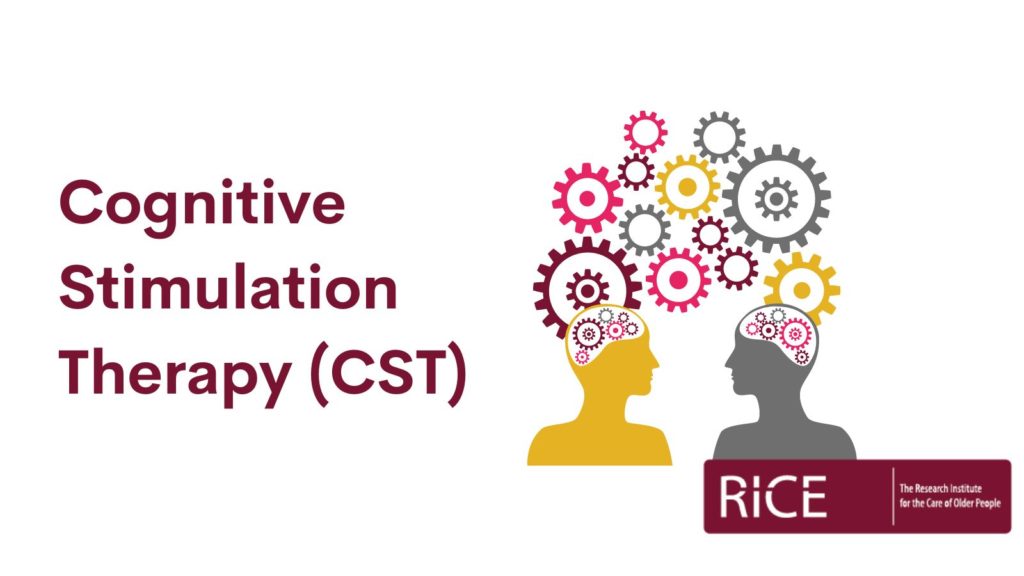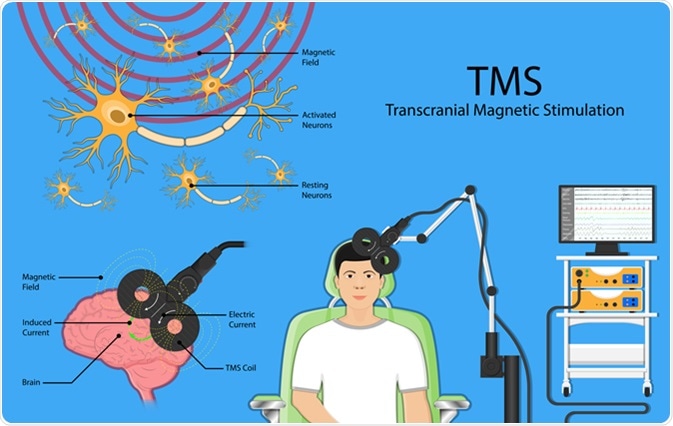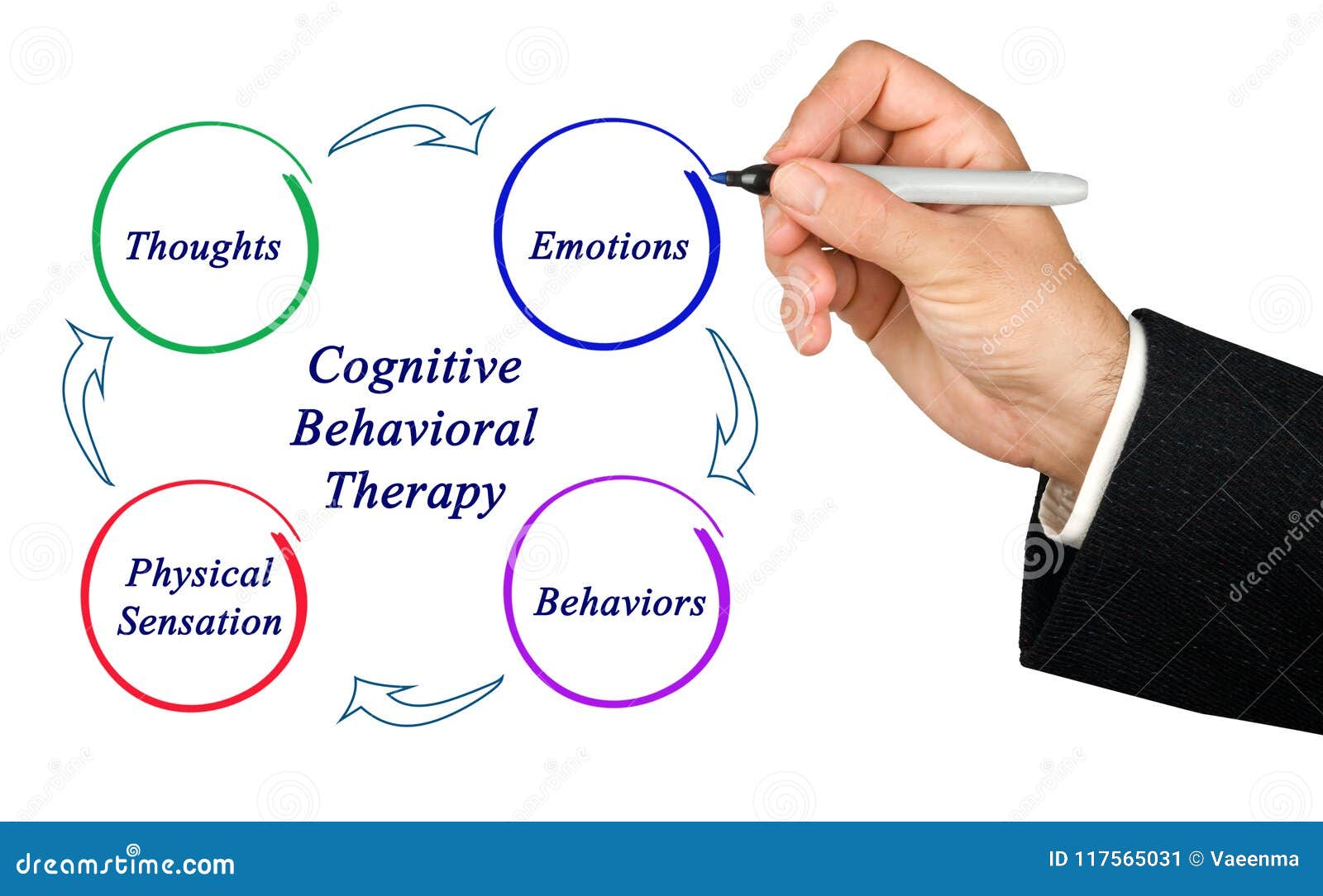

Christian counseling is a form of therapy that integrates faith and spirituality into the counseling process. It is a unique approach that seeks to help individuals overcome their struggles by addressing their emotional, mental, and spiritual needs. In this blog, we will explore the different aspects of Christian counseling, including its history, principles, and techniques.
History of Christian Counseling
Christian Counseling has its roots in the early Christian church, where spiritual leaders provided guidance and support to their followers. However, it was not until the 1960s that Christian counseling emerged as a distinct field of study. The pioneers of Christian counseling, such as Jay Adams and Gary Collins, sought to integrate biblical principles into the counseling process.
Principles of Christian Counseling
The principles of Christian counseling are based on the belief that God is the ultimate source of healing and that individuals can find wholeness through a relationship with Him. Christian counselors seek to help individuals understand their problems in the context of their faith and to find solutions that are consistent with biblical teachings. They also emphasize the importance of prayer, scripture reading, and other spiritual practices as a means of promoting healing and growth.
Techniques Used in Christian Counseling
Christian counselors use a variety of techniques to help individuals overcome their struggles. These techniques include cognitive-behavioral therapy, which focuses on changing negative thought patterns and behaviors, and interpersonal therapy, which emphasizes the importance of healthy relationships. Christian counselors may also use prayer, meditation, and other spiritual practices to help individuals connect with God and find inner peace.
Benefits of Christian Counseling
It offers many benefits to individuals who are struggling with emotional, mental, or spiritual issues. It provides a safe and supportive environment where individuals can explore their problems and find solutions that are consistent with their faith. It also offers a unique perspective on healing that integrates spiritual and emotional growth.
What are some common issues that Christian counseling can help with
Christian counseling can help individuals with a wide range of emotional, mental, and spiritual issues. Some common issues that Christian counseling can help with include anxiety, depression, grief, addiction, relationship problems, and spiritual struggles. Christian counselors use a variety of techniques to help individuals overcome these issues, including cognitive-behavioral therapy, interpersonal therapy, and spiritual practices such as a prayer and meditation. Christian counseling also emphasizes the importance of a relationship with God as a means of promoting healing and growth. Overall, Christian counseling offers a unique approach to therapy that integrates faith and spirituality into the counseling process and can be beneficial for individuals who are seeking a holistic approach to healing.
What are the great challenges of Christian counseling
According to an article on Christianity Today1 , the four great challenges of Christian counseling are: feeling incompetent when people do not change, caring after hours, dealing with the spiritual dimension of problems, and integrating faith and psychology. The article explains that Christian counselors may feel inadequate when their clients do not experience the desired change, leading to feelings of frustration and self-doubt. Additionally, Christian counselors may struggle with setting boundaries and caring for their clients outside of regular office hours. The spiritual dimension of problems can also be challenging for Christian counselors, as they must navigate the intersection of faith and psychology. Finally, integrating faith and psychology can be a challenge for Christian counselors, as they seek to balance the principles of both disciplines in their counseling approach.
Conclusion
Christian counseling is a unique approach to therapy that seeks to help individuals overcome their struggles by addressing their emotional, mental, and spiritual needs. It is based on the belief that God is the ultimate source of healing and that individuals can find wholeness through a relationship with Him. Christian counseling offers many benefits to individuals who are struggling with emotional, mental, or spiritual issues and provides a safe and supportive environment where individuals can explore their problems and find solutions that are consistent with their faith.








.png)